Time for another iEarth Journal Club article summary, this time about authenticity in assessment!


Time for another iEarth Journal Club article summary, this time about authenticity in assessment!
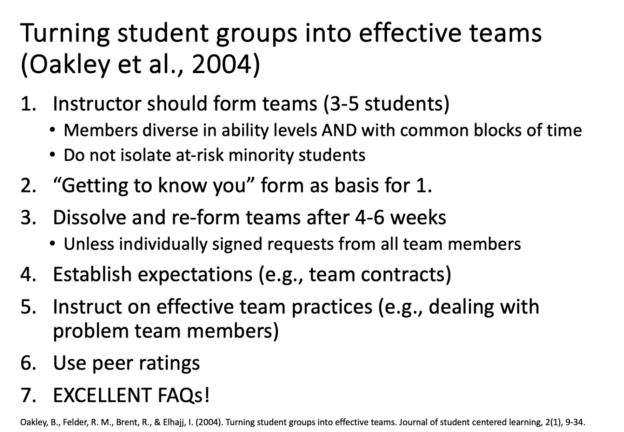
Quick summary of this month’s iEarth Journal Club article: Clinton & Smith (2009) focus on how to “make” students take on responsibility in team work through team contracts and peer evaluation, in the context of cooperative learning. My summary below, and the strong recommendation to read what Oakley et al. (2004) have to say about “Turning student groups into effective teams” (see also featured image). That latter article is really one of the most useful articles I have come across over many years of reading, including a great FAQ section, and templates.
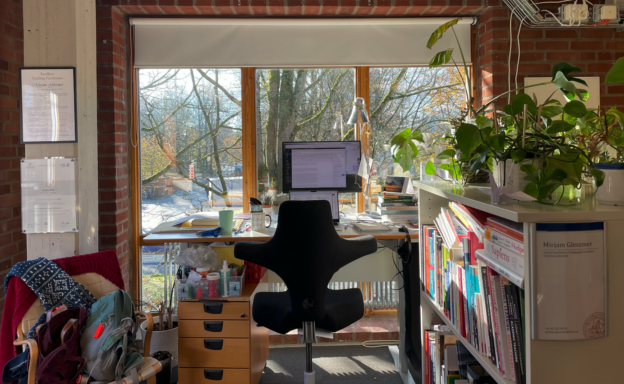
iEarth’s current journal club paper deals with collaborative exams as learning opportunities, and this fits perfectly with Anja Møgelvang’s recent article on cooperative learning, where we can find inspiration for how to make this work in practice. So here are my thoughts!
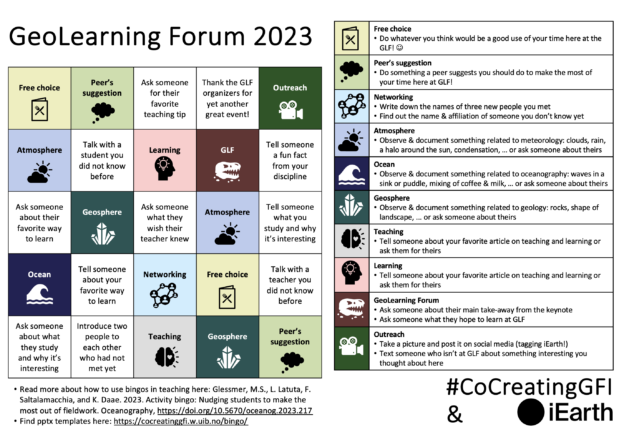
Unfortunately, I can’t join the iEarth GeoLearning Forum in person today, but at least I can be there in spirit (and contribute with a Bingo to be played during an active lunch break). The idea is to get students and teachers and staff talking to each other, about their experiences learning and teaching, and also their disciplinary pet topics. Let’s see how that goes! (Also, this is the first draft, not sure if/how it has been edited after this. But I’m sure it’ll be fun in any case!)
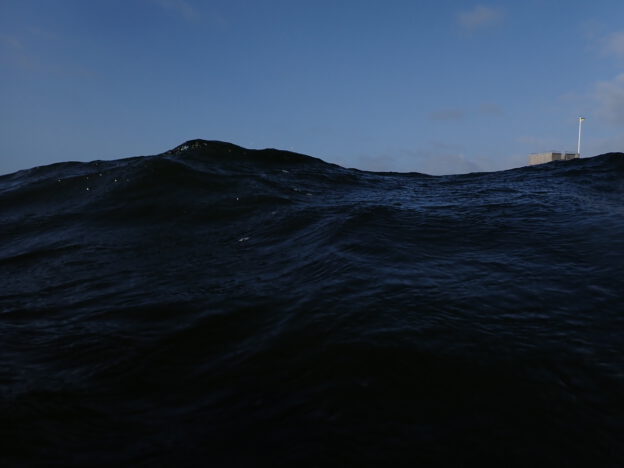
Doing my reading for the monthly iEarth journal club… Thanks for suggesting yet another interesting article, Kirsty! This one is “Teaching with rubrics: the good, the bad, and the ugly” (Andrade, 2005) — a great introduction on how to work with rubrics (and only 2.5 pages of entertaining, easy-to-read text, plus an example rubric). My summary of the article:
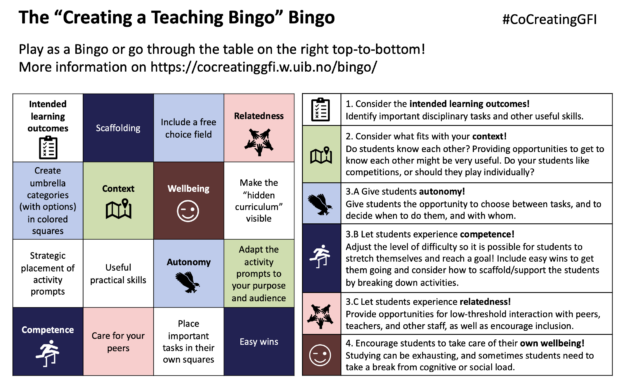
We have recently shared our experiences with a Bingo game to nudge students to make the most out of fieldwork (Glessmer et al., 2023), and I have created Bingos for other purposes, like designing courses with Universal Design for Learning in mind, or for my freediving club’s summer camp, or the iEarth GeoLearning Forum 2023 (yes, you can look forward to that!). And now, Kjersti and I have come up with the Bingo of Bingos: A “how to design your Activity Bingo for teaching purposes” Bingo! Because who doesn’t love a gamified approach to basically everything?
For this week’s iEarth journal club, we are reading the chapter ‘Education as Relational Process’, from Kenneth J. Gergen’s book ‘An Invitation to Social Construction‘. My thoughts below.
The claim in this article’s title, “Mandatory coursework assignments can be, and should be, eliminated!“, is quite a strong one, and maybe not fully supported by the data presented here. But the article is nevertheless worth a read (and the current reading in iEarth’s journal club!), because the arguments supporting that claim are nicely presented.
iEarth has started a journal club! And the first article to be read is about “Transforming the lowest-performing students: an intervention that worked”. My summary below :-)
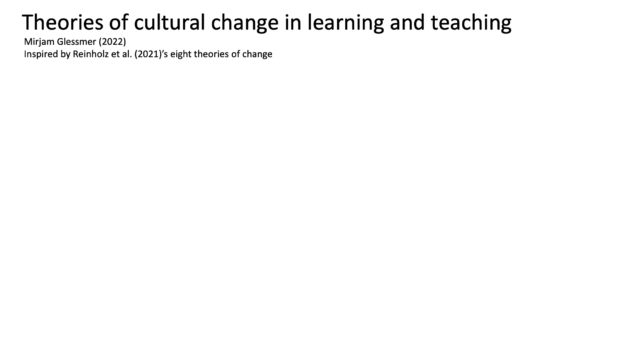
I’ve been playing with this figure (inspired by the Reinholz et al. 2021 article) for a while now for the iEarth/BioCeed Leading Educational Change course, where we try to look at our change project through many different lenses in order to find out which ones are most relevant to help us shape and plan the process. In building this figure, I am trying to figure out how the different perspectives overlap and differ. But since there is a huge amount of information in this one figure and it might be slightly overwhelming, here is an animated version (edit: which, apparently, only starts moving if you click on the gif. No idea why, maybe it’s too large?). The gif builds over 25 seconds, and then it shows the still, finished image for 25 seconds. Not sure if this is the best option; I was also considering doing it as narrated slides. But not right now…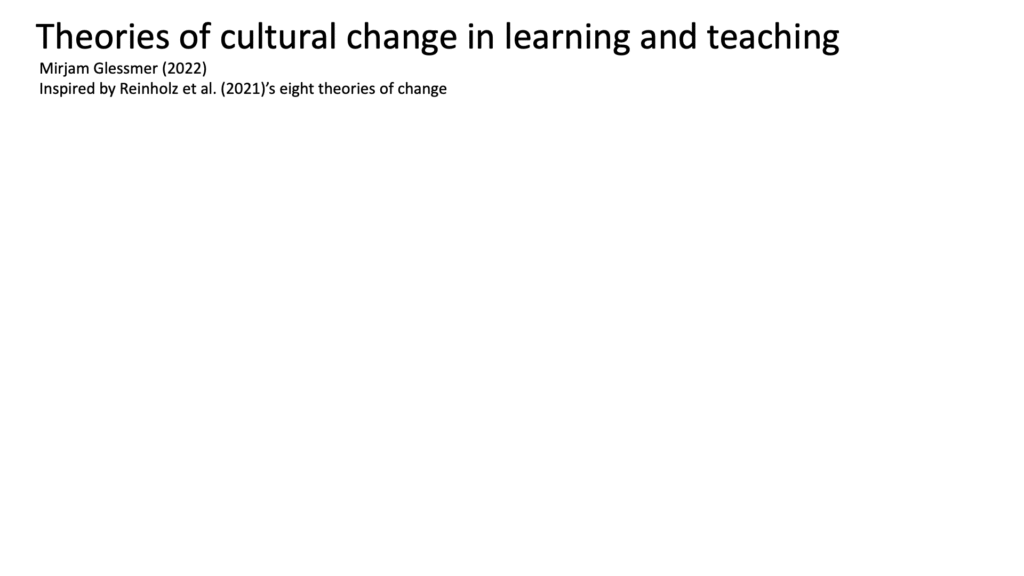
Reinholz, D., White, I., & Andrews, T. (2021). Change theory in STEM higher education: a systematic review. International Journal of STEM Education, 8(37), 1 – 22. DOI: https://doi.org/10.1186/s40594-021-00291-2